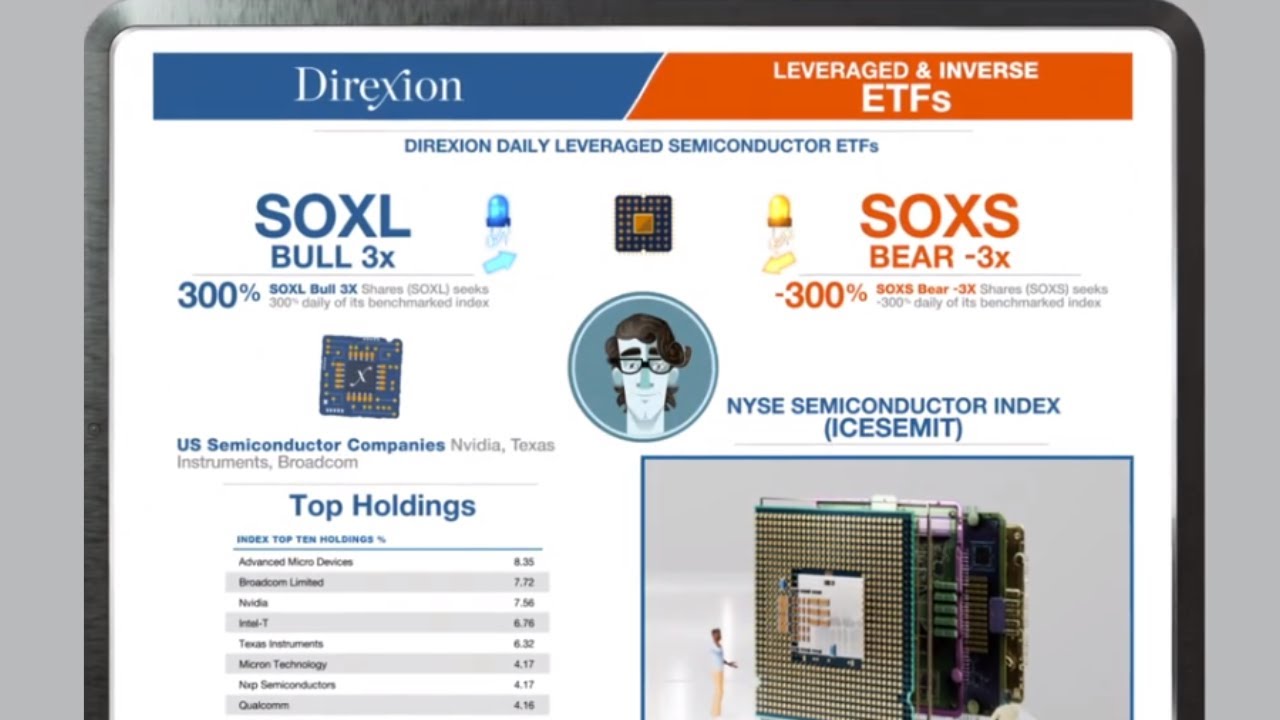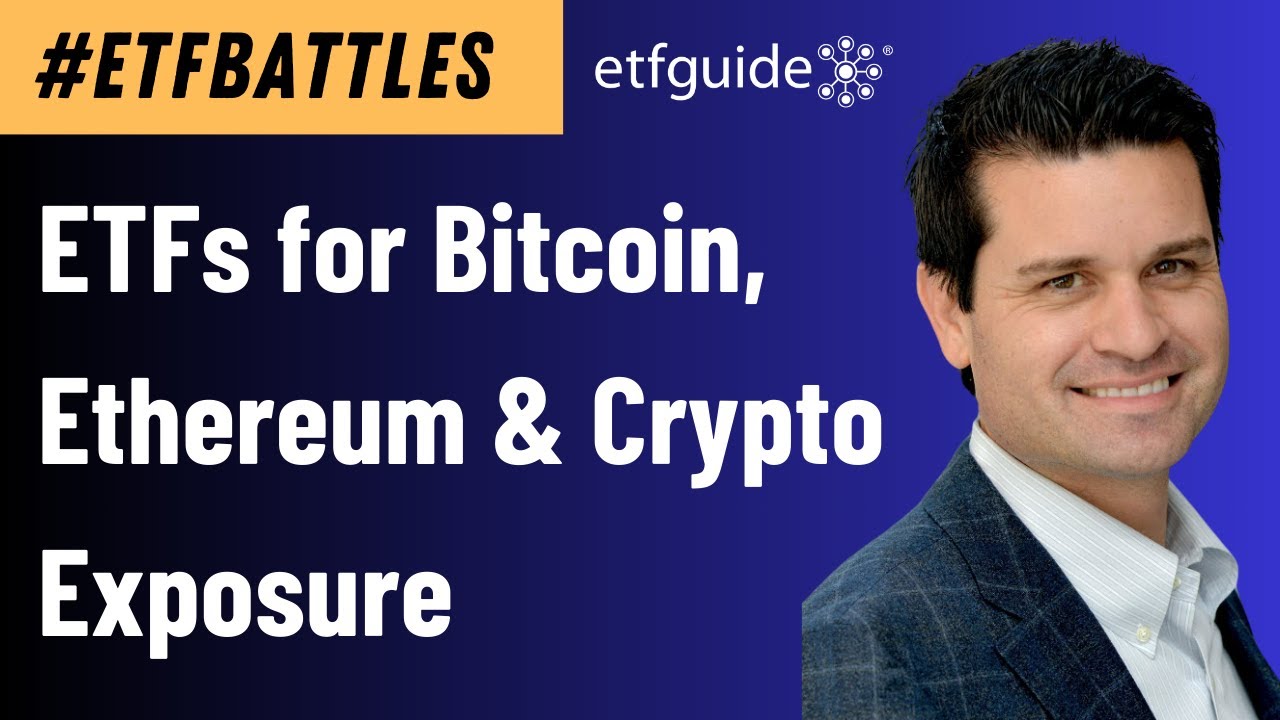This is an excerpt from the video episode of Stop Buying Physical Gold! Here’s Why Gold ETFs are the Better Choice on ETFguide TV.
Hey everybody, I’m Ron DeLegge with ETFguide. And in this episode, we’re gonna talk about why owning gold ETFs is the better way for investing in gold versus owning physical gold. And I’m gonna lay out some very important reasons why gold ETFs provide a tremendous advantage for individuals and even institutions that wanna invest in gold.
So before we go any further, I need to give you a framework for where and how gold, if you’re gonna even invest in it, where it fits into an overall portfolio. Now, as I teach in my online class titled Build, Grow and Protect Your Money, a Step-by-Step Guide. There are three components of a well-built architectural sound investment portfolio. The first component is your core. The second component is your non-core, and the final component is your margin of safety.
Each of these three sections or components of your overall portfolio, hold investments that are deliberately different. So they’re complimentary in nature. They’re not overlapping. And so that’s how these three components work with each other. The core contains the very broadest diversified exposure to the major asset classes like stocks, bonds, commodities, and real estate. And you wanna use index ETFs that are close proxies for each of these major asset classes. So that’s your core. Your margin of safety deals with the part of your portfolio that’s earmarked for investments that offer principal protection or safety. So there’s a hundred percent liquidity, zero volatility. This is where your risk-free assets go. And then finally your non-core portfolio, this is where you can take a little bit more risk by investing or trading in non-core asset classes or assets, things like sector ETFs, single country ETFs, individual stocks, leveraged ETFs, private equity, venture capital, cryptocurrencies. See, these are all things that are what we would refer to as non-core types of assets. And that’s what gold is. It’s a non-core asset. This is where it belongs if you’re gonna invest in it, it goes into your non-core portfolio.
So that’s the framework for portfolio construction. Now let’s talk about gold and taxes. Where is it best to own gold? Well, think about it this way. Gold is not very favorable in terms of long-term capital gains versus other types of assets. Long-term gains currently are taxed at a 28% rate, which is almost doubled the 15% rate given to similar gains in stocks and bonds. Short term gold profits are tax at the investors ordinary income rate, which is similar to the way that short term profits are taxed for mutual funds and stocks and ETFs. So if you’re gonna own gold tax wise, it’s most beneficial to do that in a tax deferred type of retirement account, something like a traditional IRA or SEP IRA, or even a 401k, or perhaps even holding gold in a tax free type of account, like a Roth IRA or Roth 401k. So let’s examine some key reasons why owning gold via ETFs is the superior strategy compared to owning physical gold.
First ETFs have lower acquisition and ownership costs. Some of the hidden expenses of owning physical gold is you’ve got these price spreads charged by these gold bullion dealers, which can be massive. Sometimes upwards of 3%, maybe even more depending on the size of the trade. By comparison, the bid-ask spreads for the largest gold ETFs by assets, funds like the SPDR Gold Shares (GLD) charge currently just four basis points. That fluctuates, but that’s a pretty tight bid-ask spread. And the beauty of this, is that these economies of scale apply to whether you’re doing a $2,000 trade or a $2 million trade. It really doesn’t matter the size of the actual investment that you’re making into the ETF. These economies of scale, these bid-ask spreads, the tightness of them that’s passed on to you as the gold investor. And that’s a huge advantage.
Also you’ve got gold ETFs with even lower annual expenses than GLD. I know it’s the biggest and the most popular and most discussed, but it’s not the cheapest. You’ve got other funds like the SPDR Gold Mini Shares (GLDM), which has a much lower expense ratio of just 18 basis points. And for the longer term investor that translates into substantial cost savings. So that’s one of the first major advantages.
Let’s move on to the next advantage of gold ETFs over physical gold ownership. Let’s talk about the daily liquidity that ETFs provide. The ability to convert your gold holdings into dollars is easily accomplished with gold ETFs. GLD, for example, has average daily volume of around 14 million shares. And it just hit 45 million shares traded on August 11th. That was one of the biggest trading days for GLD in terms of trading volume. And let’s not forget that this massive trading volume on August 11th for GLD, it happened during a historically slow and ho-hum period of the year because Wall Street likes to go on vacation in August. But GLD’s trading volume, it did not go on vacation. And this is a sort of trading volume that gives us and gives you as investors, adequate liquidity, the ability to convert your gold holdings into dollars. On the other hand, converting physical gold holdings into cash, isn’t as fast compared to gold ETFs.
Next up, we’ll examine…
Watch the full episode of Stop Buying Physical Gold! Here’s Why Gold ETFs are the Better Choice on ETFguide TV.



